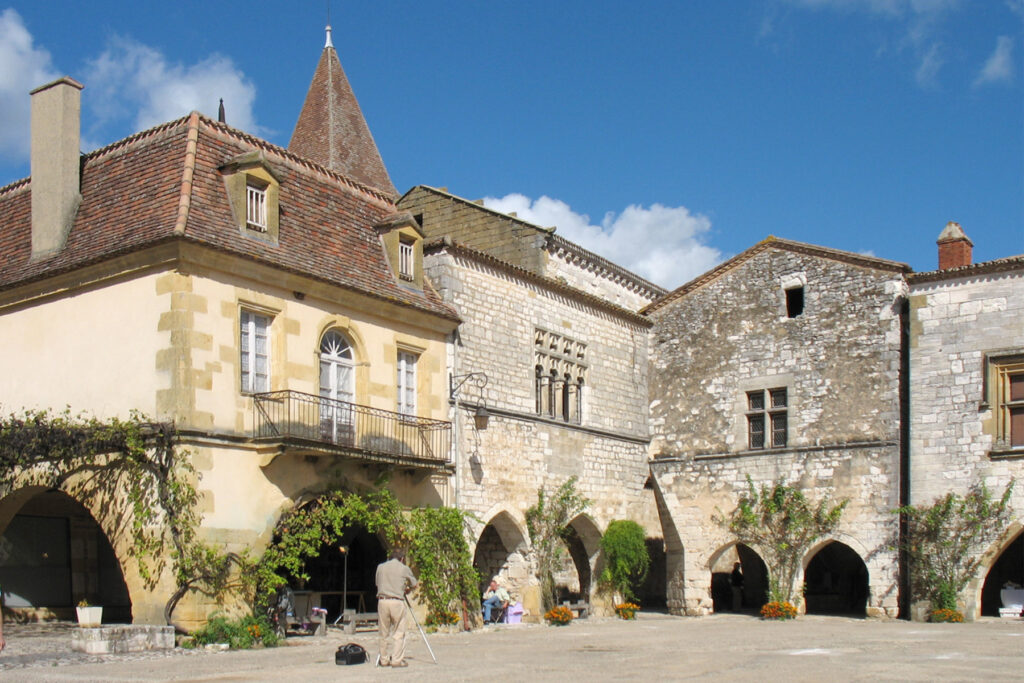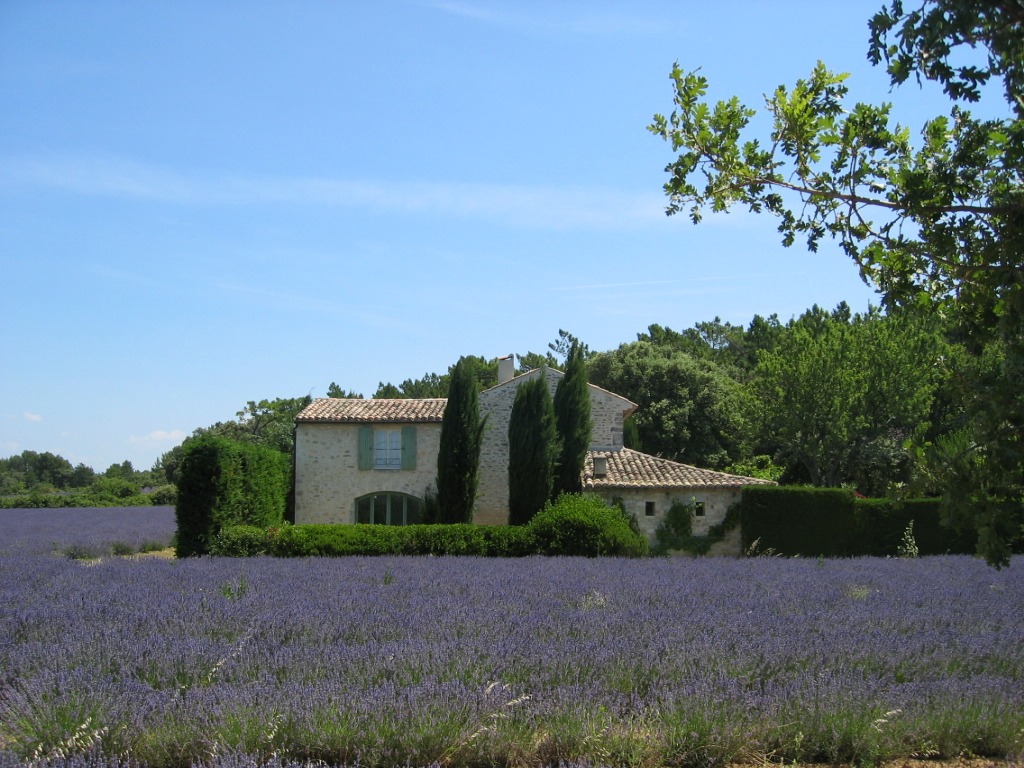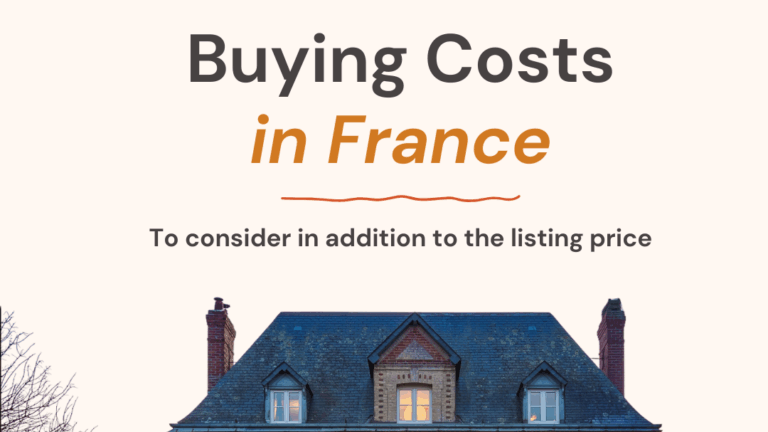Understanding the Difference Between a Bastide and a Mas: A Guide to South of France Property Styles
Recently, while assisting a customer in the picturesque Draguignan region of the South of France on their search for a quintessential stone character property, I was asked a question that often comes up: “What’s the difference between a Bastide and a Mas?” For those captivated by the idea of owning a character home in Provence, these terms are both intriguing and sometimes confusing. To help unravel the mystery, here’s a closer look at these iconic French architectural styles, their rich history, and what makes each one unique.
What is a Bastide?
A Bastide refers to more than just a house—it is rooted in the medieval history of France. Bastides are fortified towns or villages built during the 13th and 14th centuries, primarily in the South of France. However, when the term is applied to homes, it often describes a large, rectangular country house inspired by the grand architecture of these medieval settlements.
Key Features of a Bastide Home:
- Symmetry and Grandeur: Bastides are often designed with a sense of proportion and elegance, showcasing a rectangular or square layout.
- Stone Construction: Typically built with limestone or other local stones, their sturdy walls offer natural cooling in the summer and insulation in the winter.
- Central Courtyard: Many Bastides include a courtyard or garden, ideal for hosting gatherings.
- Location: They are often perched on hills or slightly elevated land, providing sweeping views of the surrounding countryside.
Owning a Bastide often evokes a sense of stepping into history. These homes are perfect for buyers who want a property that exudes elegance and offers ample space, often ideal for large families or those looking to host guests.

Example of a Bastide, Square of Monpazier, photo taken by Monster1000, retrieved from Wikipedia under the creative commons license.
What is a Mas?
A Mas, on the other hand, is a more rustic and quintessentially Provençal type of farmhouse. The term “Mas” originates from the Latin word mansus, meaning a dwelling, and these homes were traditionally tied to agricultural life in the South of France.
Key Features of a Mas:
- Practical Layout: Historically, Mas homes were designed for functionality, with living quarters on the upper floors and storage or animal stalls on the ground floor.
- Stone or Terracotta Construction: Mas homes are typically built with thick stone walls and terracotta roof tiles, blending seamlessly with the Provençal landscape.
- Asymmetry: Unlike the symmetry of Bastides, Mas homes have an organic, asymmetrical design, often expanded over generations.
- Surroundings: Mas properties are typically set on large plots of farmland or vineyards, offering privacy and a connection to nature.
Mas homes embody the rustic charm of Provence. They’re ideal for buyers seeking a property with character and a strong connection to the land—perfect for those dreaming of lavender fields, olive groves, or vineyard views.

Example of a Mas in a lavender field in Provence, public domain photo retrieved from Wikipedia.
Key Differences Between a Bastide and a Mas
| Feature | Bastide | Mas |
| Origins | Medieval towns and estates | Rural farmhouses |
| Design | Symmetrical and grand | Rustic and asymmetrical |
| Material | Limestone or local stone | Stone with terracotta tiles |
| Purpose | Built for elegance and status | Built for agriculture |
| Location | Near fortified towns or elevated land | Rural farmland or vineyards |
When choosing between a Bastide and a Mas, it comes down to personal preference and lifestyle goals. My customer in Draguignan, for instance, was torn between the elegance of a Bastide and the rustic charm of a Mas. After viewing several properties, they decided on a Mas surrounded by olive trees, captivated by its connection to Provence’s agricultural heritage.
So whether you are drawn to the stately grandeur of a Bastide or the authentic charm of a Mas, properties in the South of France offer an unparalleled lifestyle. Both styles represent the essence of Provençal living, each with its own unique story and aesthetic.
If you’re considering a character property in this enchanting region, take the time to explore both options—you might be surprised by which one feels like home.


